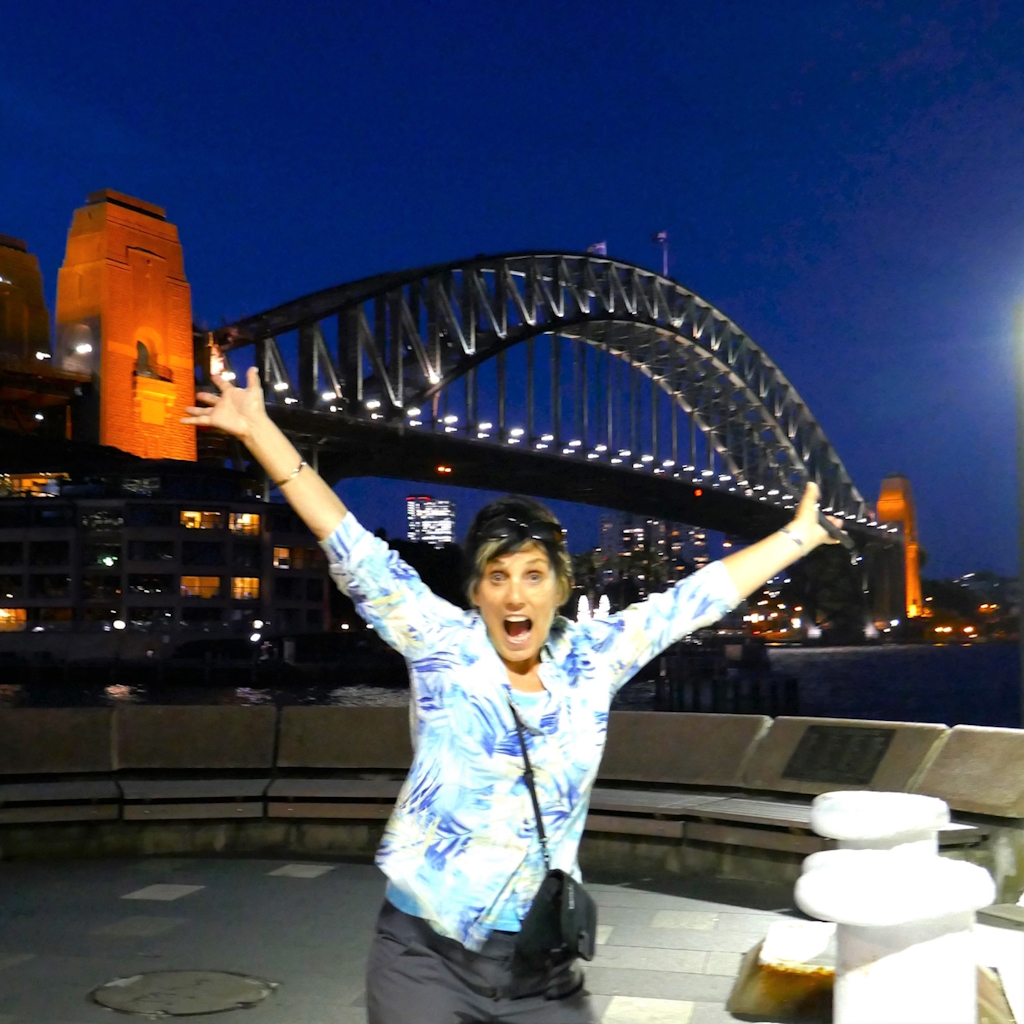afootwego-03-jet-lag-how-we-can-manage-it
Jet Lag – How We Can Manage It
…for people who love to walk…
Supporting Mindful and Responsible Travel
Long-haul-travel can disrupt our body clock, resulting in Jet Lag. Managing Jet Lag requires an understanding of what it is and how it is caused. Find out more right here…
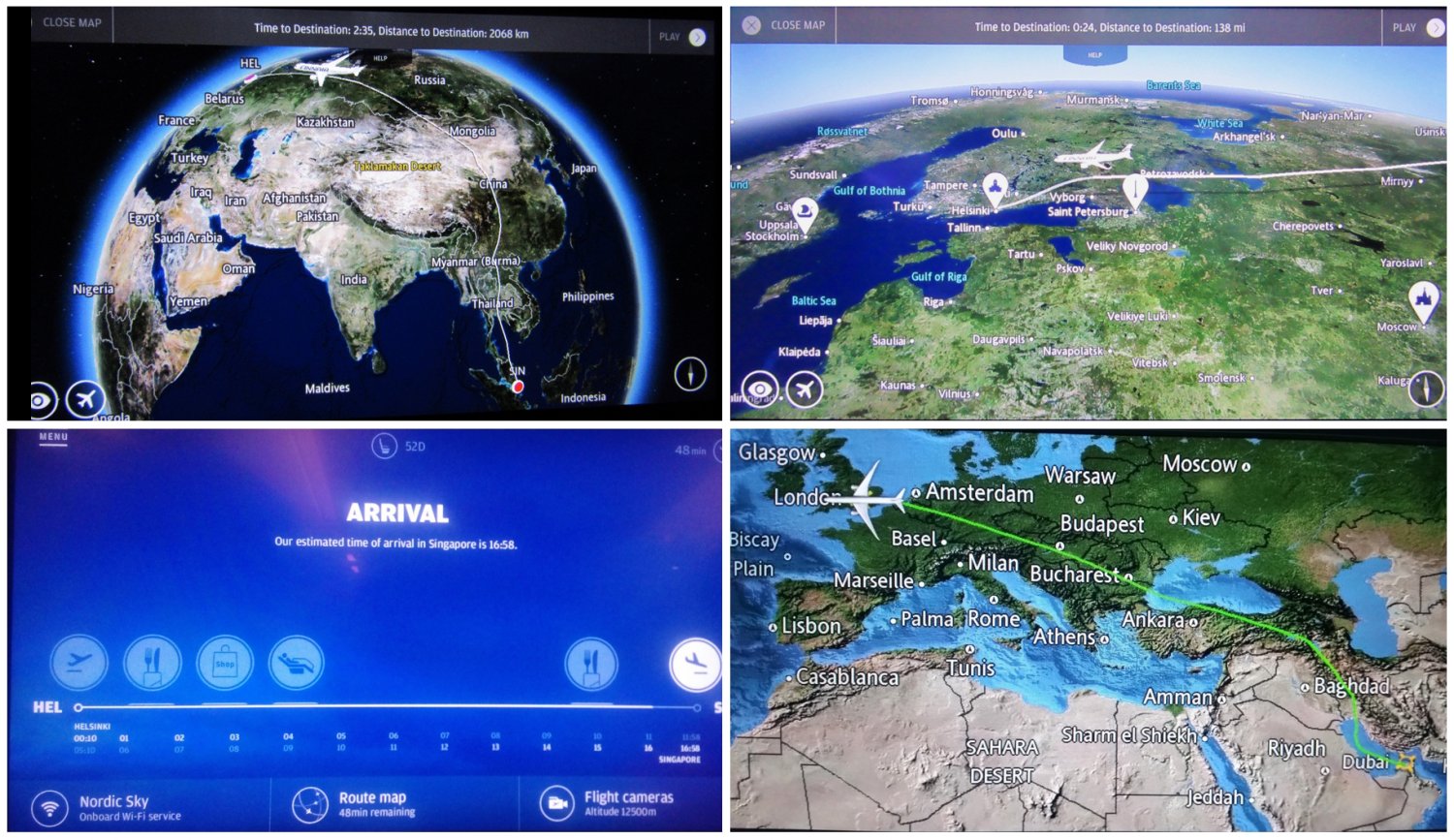
Jet Lag – How We Can Manage It
Aug 2025
15
Long-haul airline travel across multiple time zones leaves our central body clock, aka circadian rhythm, 'synced' to our original time zone, rather than the time zone of our destination.
This disrupts our sleep pattern, and can leave us physically and mentally fatigued.
A Quick Outline
In this Post, we shall explore:
- Jet Lag can be a Pain in the B_ _ _ _
- Jet Lag and Travel Fatigue – Partners in Pain
- Know your Enemy – and Yourself
- How Jet Lag messes with our Body Clock
- Learning from my own Jet Lag Experiences
- It’s ALL about the Destination
- Managing our Jet Lag AND Travel Fatigue
- Let’s make a Plan for our Sleep
- Oh, Sweet Sleep – where art thou?
- Settling into our Destination Routine
- Choosing our Flight ETA can Help
- Brutal Simplicity can be Simple Brutality
- Your Take-outs
Jet Lag can be a Pain in the B_ _ _ _
My friend, about to embark on her first long-haul [
My reply, in hindsight a bit on the blunt side, was: "Well you can't " !
Then I added: "But, we can learn to manage it ".
[
long-haul = lasting longer than 6 hours
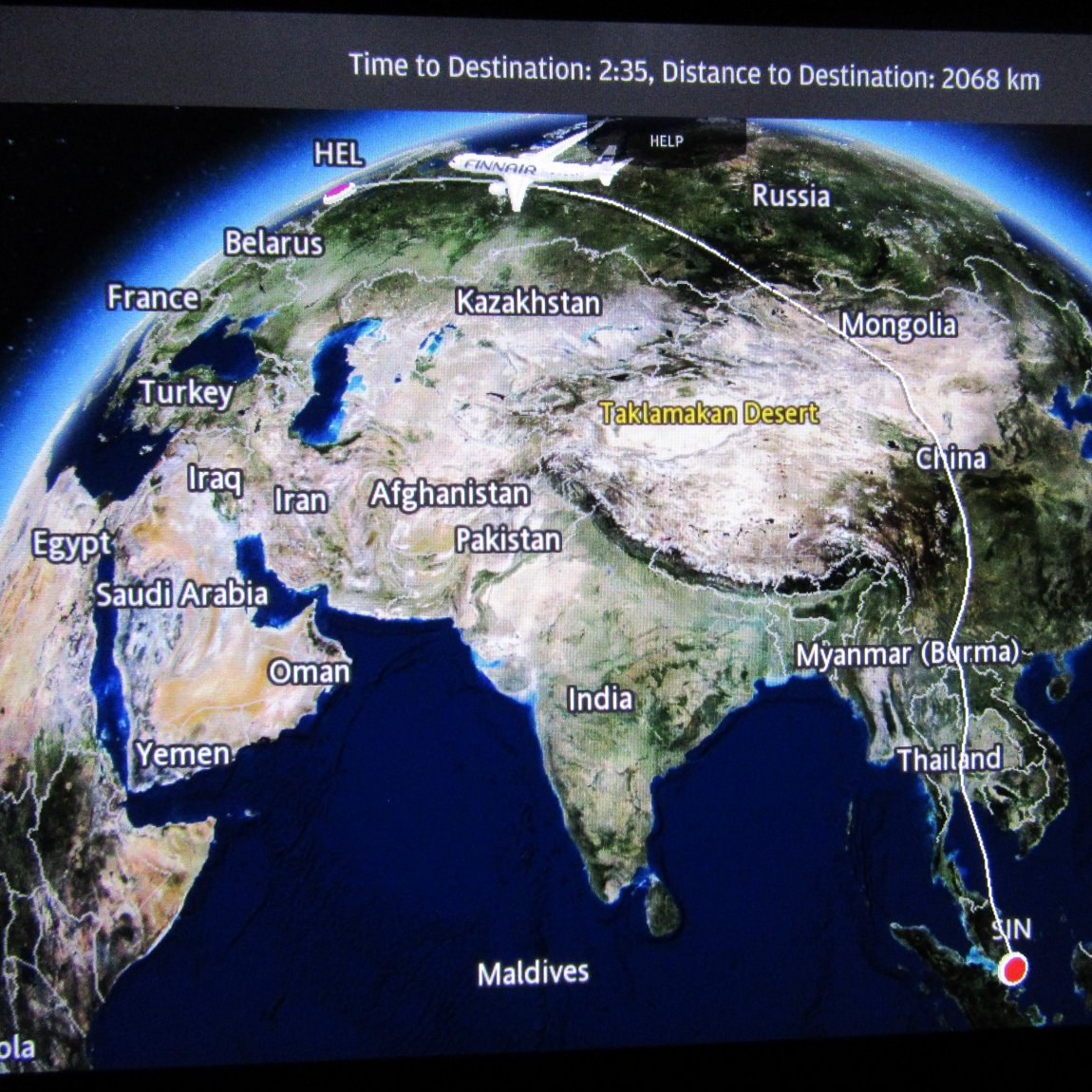
Jet Lag and Travel Fatigue – Partners in Pain
Now, if you have done any long-haul air travel, you will be well aware that some flights can leave us physically and mentally fatigued, not thinking 'straight', and even a bit 'cranky'.
And, while we are in this state, we are highly likely to make mistakes, bad decisions, and forget things. Because we are not mentally alert, we can easily become vulnerable, should someone want to take advantage of us.
Seriously, this is not the way anyone wants to begin a travel adventure. And yet, not that long ago, I read in a piece from a travel reporter, how at the end of a 17-hour flight (post-covid) to New York, she: "… was deliriously tired… Sleep deprivation and some discomfort did feel like a small price to pay to travelling again."
From her description of the flight, she got no sleep at all, could not get comfortable in her seat, and was already becoming dehydrated when she boarded the plane.
BAM-BAM! She had clearly gotten a good dose of jet lag AND travel fatigue. And now, she would suffer!
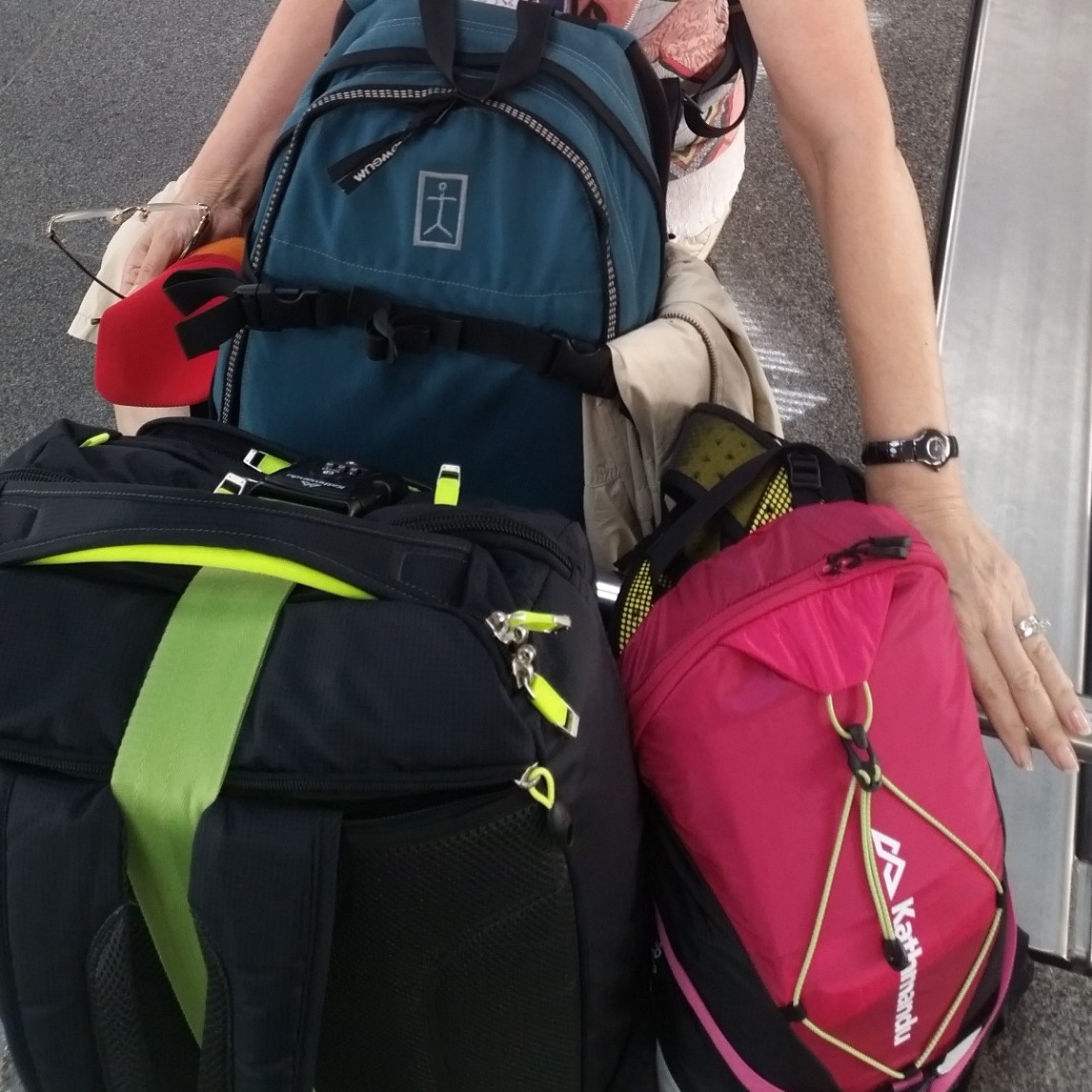
Know your Enemy – and Yourself
While we can’t stop jet lag from happening, we can do something about it, if we employ the wisdom of Sun Tzu: "know your enemy, and yourself ". By knowing something about how and why jet lag happens, we can modify some of our behaviours to remedy the effects.
As long-haul travellers, our daily sleep pattern is disrupted when we travel across multiple time zones. The symptoms of this disruption are known as 'jet lag', which is often labelled as a temporary sleep 'disorder'.
Jet lag occurs because our central body clock, which controls our circadian rhythm, remains 'synced' to our original time zone, rather than the time zone of where we have travelled to.
However, jet lag is more than just a sleep disorder – the disruption affects virtually all of the biological systems of our body, as our body's central clock also controls these. And, when different systems are out of synch with the central clock, chaos can happen!
As an aside, many shift-workers, especially those whose sleep patterns become irregular because of their work schedule, experience similar symptoms. This is known as 'shift word disorder' (SWD), or 'shift work sleep disorder' (SWSD). In particular, 'rotating' shift patterns can cause serious problems.
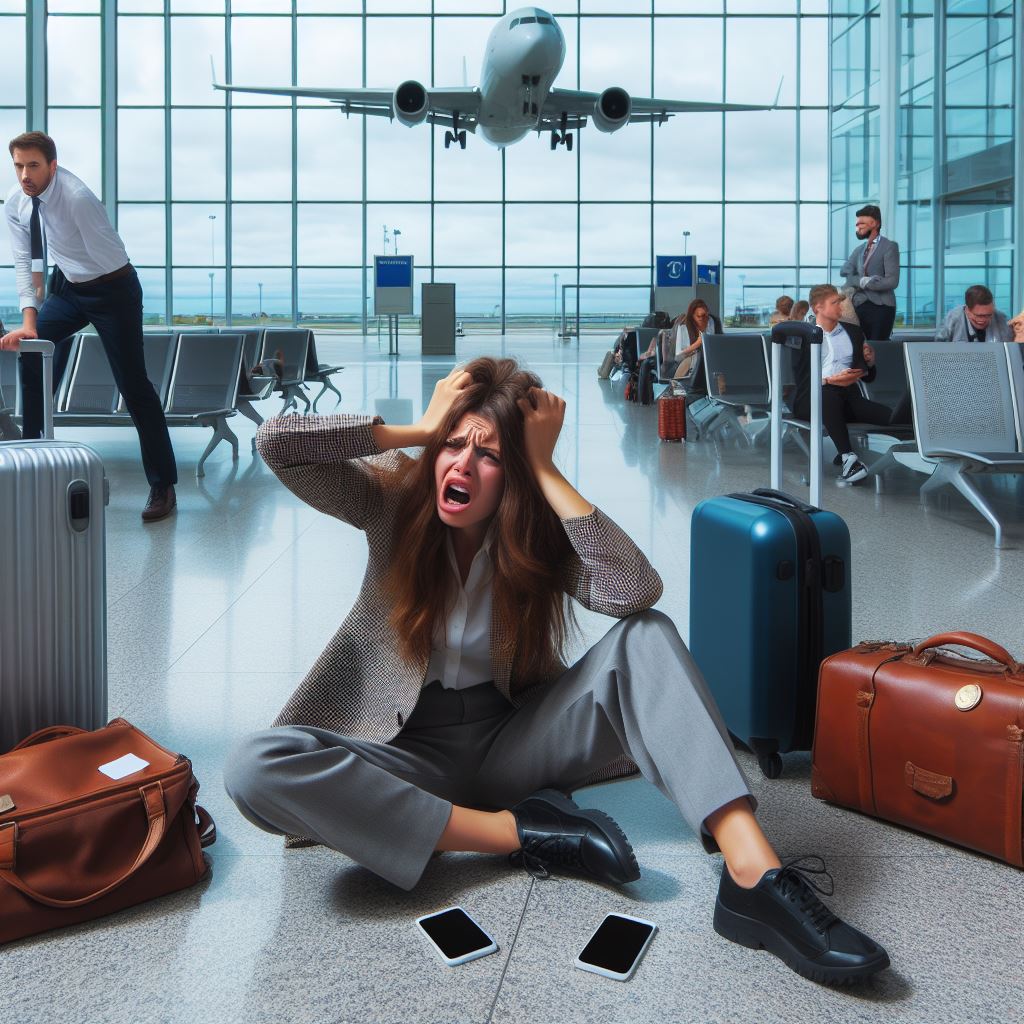
Apart from our disrupted sleep patterns, jet lag symptoms include having less energy, experiencing headaches and difficulty concentrating, and feeling quite disoriented. On top of this, the low humidity, low air pressure, and reduced oxygen levels experienced on long-haul flights also bring dehydration, and can cause hypoxia (low levels of oxygen in the blood) for some travellers.
Along with the general discomfort from being in a confined space for a prolonged period, we are now likely to suffer from travel fatigue. Depending on how many time zones we have crossed, it can take more than a day before everything normalises, and the ‘pain in the b_r_a_i_n’ goes away.
How Jet Lag messes with our Body Clock
When it comes to jet lag, there is a saying about the direction of our travel: "west is the best; east is the beast!". Some medical authorities suggest that when flying westwards, any jet lag can last for about half of a day for each of the time zones crossed. Conversely, flying eastwards means that jet lag can last for about a full day per time zone crossed.
The reason for this difference is because it’s generally easier to delay our internal body clock, than to advance it.
Immediately after westward flight, our body clock will be running ahead of the local time zone; this means our day becomes longer. In contrast, immediately after eastward flight, our body clock will be running behind the local time zone, as the day is effectively shortened. The difference in each case is the number of time zones crossed.
Our body clock controls our daily sleep-wake cycle by responding primarily to changes in daylight and darkness. While this is coordinated by something in our brain called the SCN (suprachiasmatic nucleus – think ‘Super Control Node’ – SCN), there are also numerous peripheral clocks in various organs and tissues throughout the body.
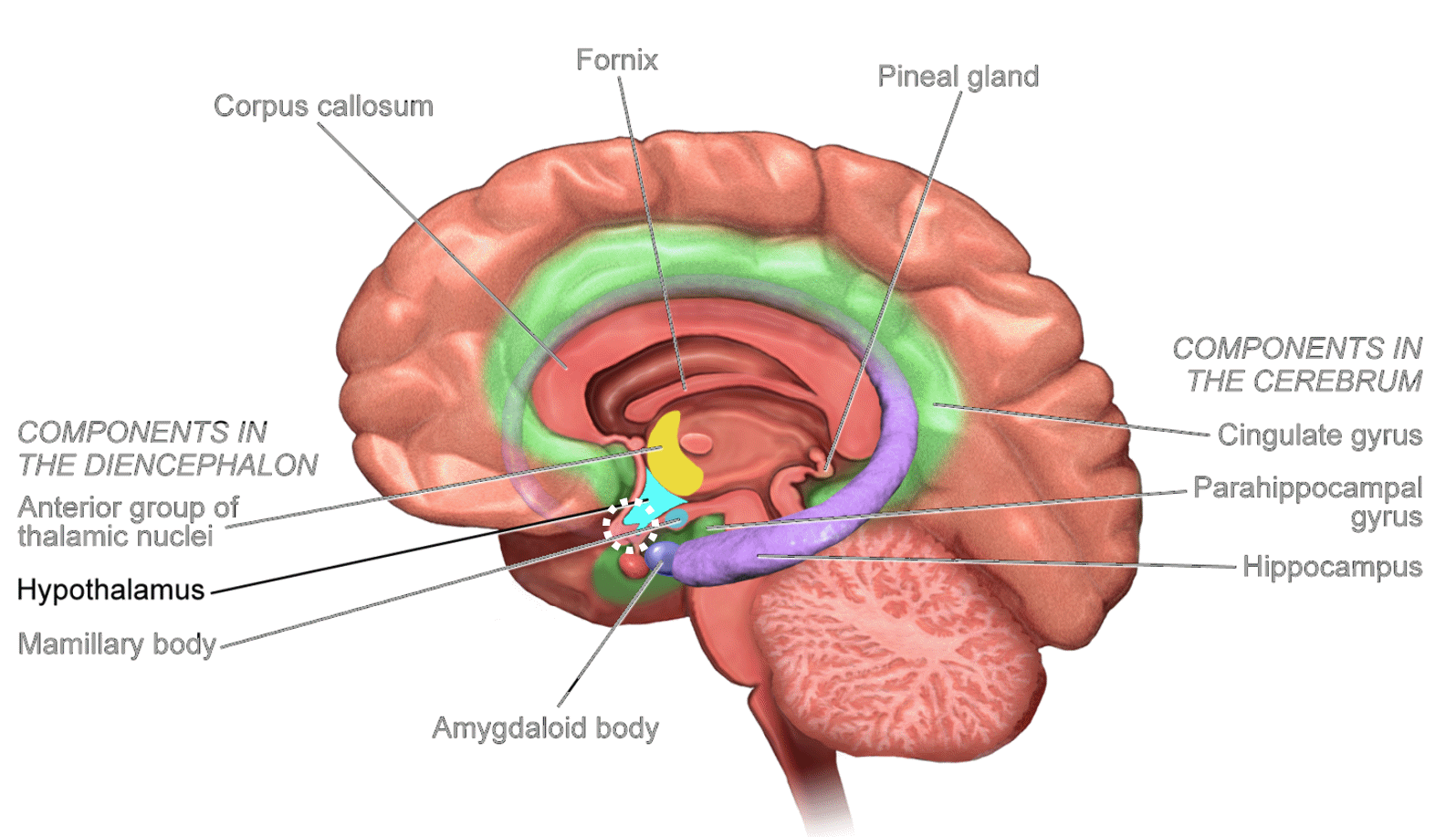
Credit: Blausen Medical 2014- CC BY 3.0, via Wikimedia
The SCN receives its cues about light from the retinas in our eyes. The sensors in our retinas can detect light and dark, even when our eyes are shut (i.e. when we are asleep). However, these sensors can be disrupted when we wear dark sunglasses, or cover our eyes with a mask. Using sleeping masks, or bright lights, allows us to manipulate our SCN.
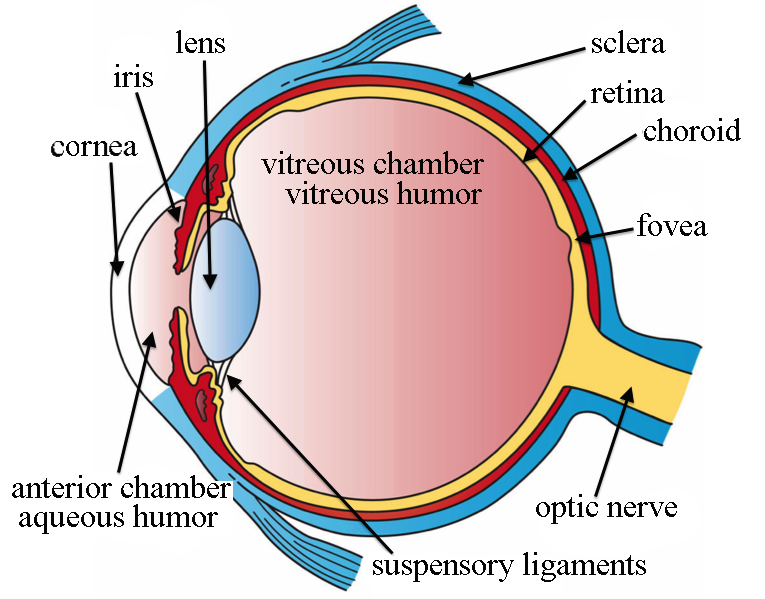
Credit: by Holly Fischer-CC BY 3.0, via Wikimedia
Our body clock can also be influenced by the timing of our meals, by changes in both room temperature and in our core body temperature, and by exercise.
Modern long-haul airline flights can use techniques such as variations of cabin lighting for ‘mood’, sunrise, and sunset; variations in cabin temperature; and the timing of meals. These are intended to help passengers, and crew, adjust their body clocks to the new destination.

Learning from my own Jet Lag Experiences
Over the past 25(+) years, I have travelled to Asia and to Europe on a number of occasions. When I fly to Asia, travelling westwards, usually the jet lag effect is minimal, as I am crossing only two or three time zones, except for India, which is five. On my return flights, travelling eastwards, the effects can be more noticeable.
When I fly to Europe, travelling westwards again, I am crossing up to ten time zones over a period of about 24 hours. Jet lag is certainly noticeable. For my return flights, travelling eastwards, by the time I reach Australia, I've 'lost' a day, and some amount of jet lag is a certainty.
From this I learned, many years ago, that the 'First Rule' of jet lag is about the 'new' destination. To reset to destination time, our body clock needs to bridge the gap between the old and new time zones.
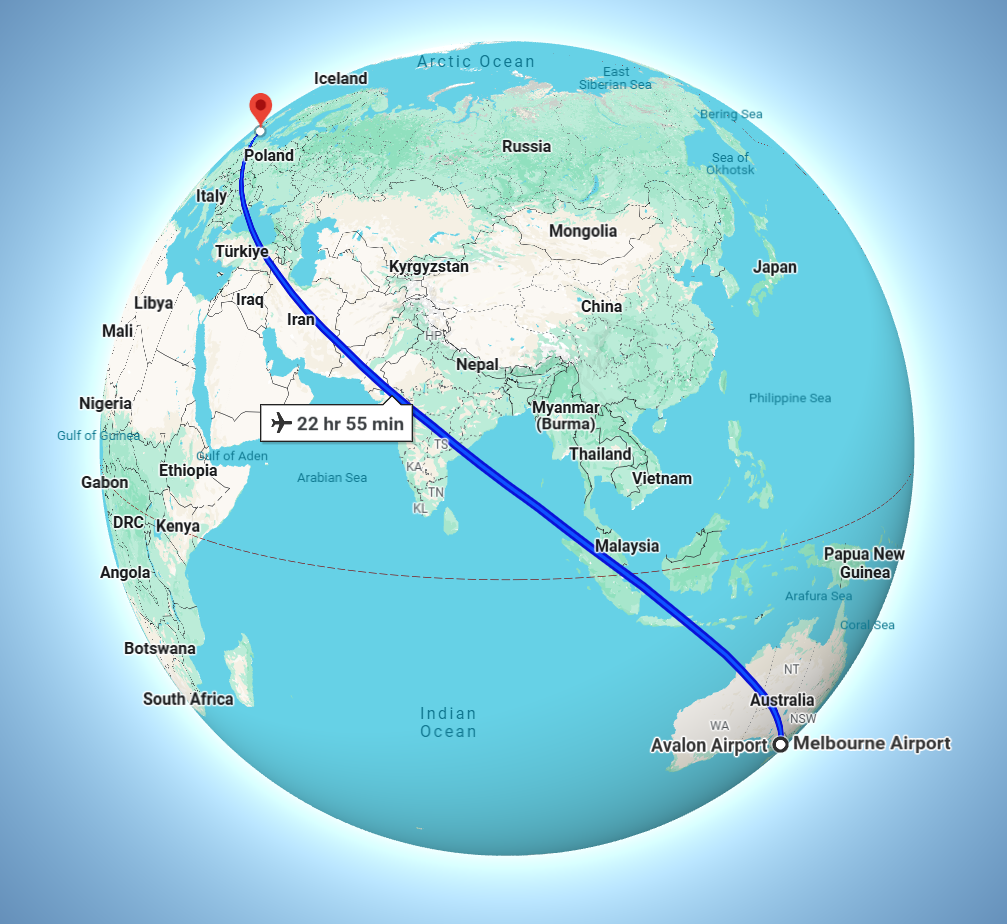
It’s ALL about the Destination
My 'First Rule' is that the extent of disruption to our daily sleep pattern depends on: (a) the time of day when we arrive in our new destination; (b) the amount of sleep we are able to get during our flight/s; and (c) the actual time of sunrise and sunset at the destination.
Our arrival time is largely a result of our departure time and our journey duration; in most cases it will be what we booked for our travel. The amount of sleep we get during our journey can be affected by many variables, including other passengers, timings of meals, our seat on the plane/s, any flight changes and lay-overs along the way, and, of course, any delays.
At the new destination, actual sunrise and sunset timings will be determined by season, latitude, and time zone. Note that some parts of the world, e.g. China, Argentina, Singapore, Malaysia, and parts of the EU, do not fit neatly into a 'standard' time zone, meaning the 'clock' times of sunrise and sunset may be quite different to what we are used to.
Example of latitudinal and seasonal variations are shown in the table below.
Effects of Latitude, Seasons, and Time Zones on Sunrise and Sunset
Note: DST = Daylight Saving Time applies
Note: DST = Daylight Saving Time applies
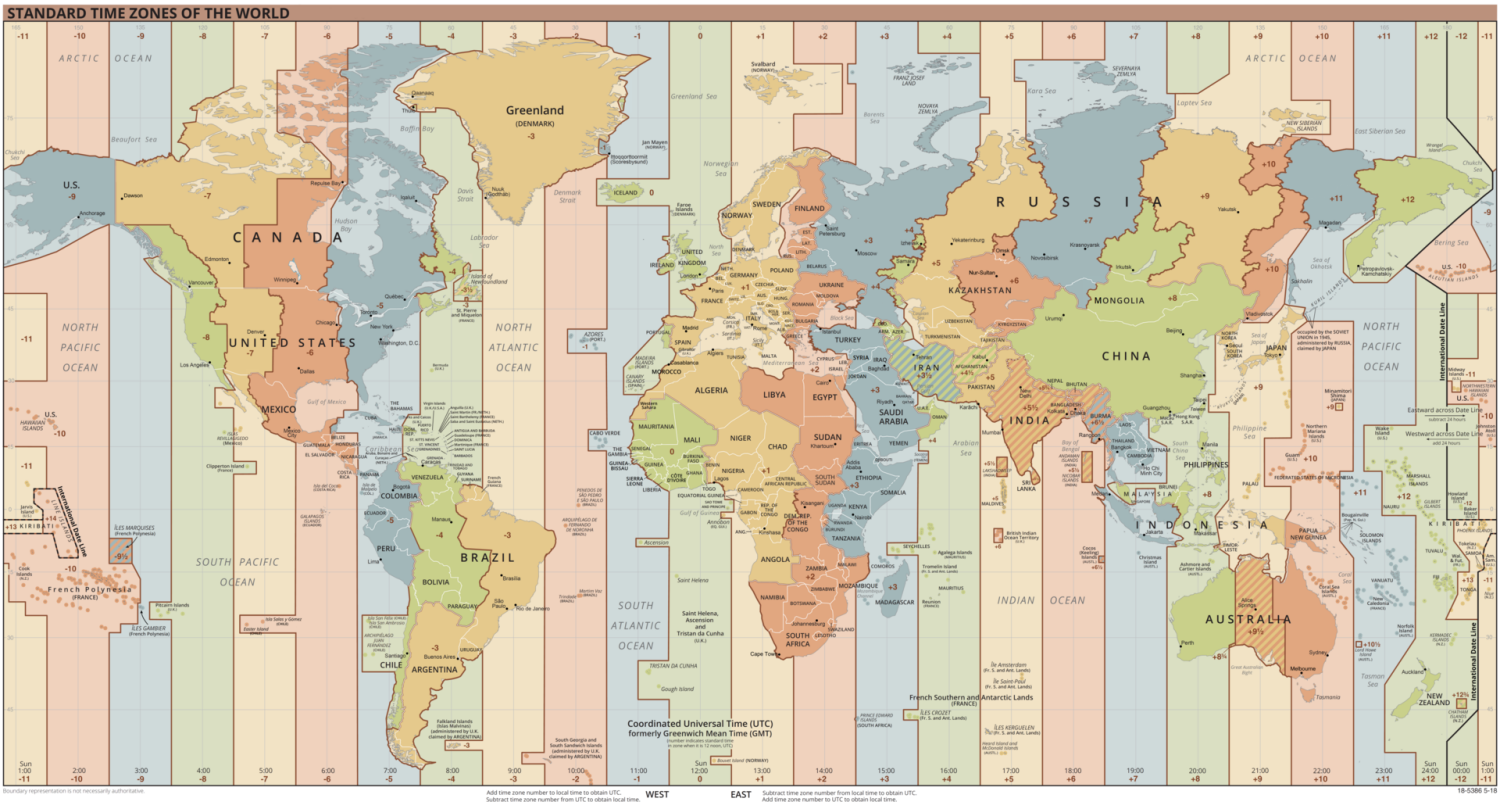
Map credit: CIA World Factbook, via Wikimedia
Managing our Jet Lag AND Travel Fatigue
Regulating our exposure to light and/or darkness is the key to managing our jet lag. The light-dark cycle is the strongest time cue for resetting our central clock. The right exposure to light at the right time can significantly accelerate our shift.
Depending on when we see light, it can shift our central clock, and our circadian rhythm, either earlier or later. Note, however, that seeing bright light at the wrong time will make our jet lag worse.
Sleep (and therefore dark) timing should be scheduled as part of an overall plan for light-dark exposure and for sleeping, during our journey. This plan is designed to reset the central clock, and end jet lag as quickly as possible.
Of the many tips that I have researched about resetting our body clock, the next most important is to settle into (and maintain) a routine, around our sleeping, meals, and exercise, once at the new destination.

We can help our body clock to make the shift from our old time zone to that of our destination, by adjusting our sleeping and eating patterns during, or even before, our journey.
The exception to this would be if the stay is only for a short time, such as a weekend, in which case we might want to keep a routine which mimics our home location.
Note that travel fatigue can often be a 'companion' to jet lag. Likely causes include sleep deprivation, dehydration, and stress, while symptoms include extreme tiredness, disorientation, and headaches. Remedies include sleep, rest, rehydration, and light exercise.
If you do happen to "draw the short straw", and experience ongoing disruption throughout a long-haul flight (as I have!), sleep deprivation becomes a reality. Suddenly, your sleeping aids (see below) become 'life-savers'.
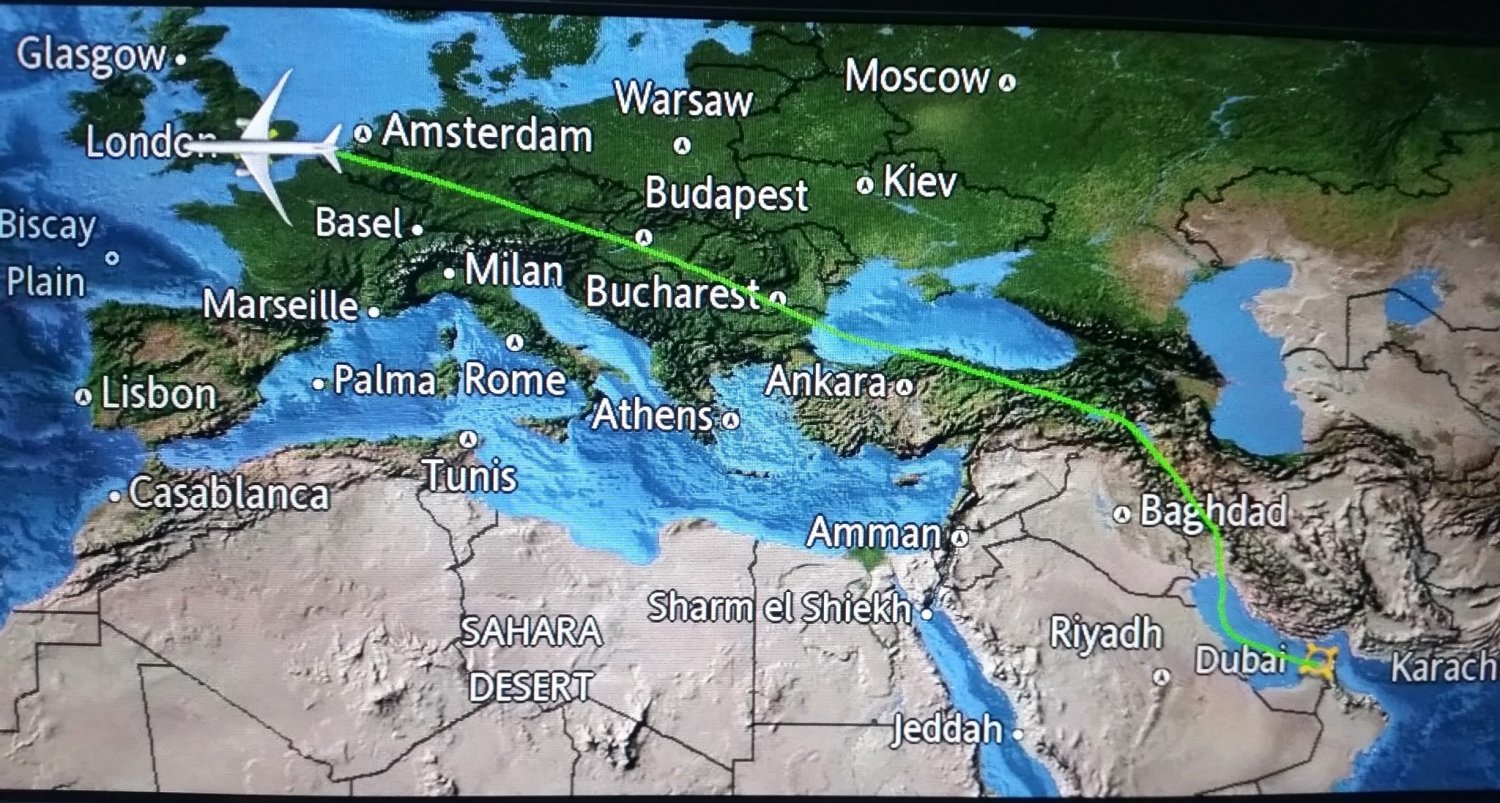
Let’s make a Plan for our Sleep
Developing a 'sleeping plan' for our journey will almost certainly involve making some compromises in our routine. Amongst these might be adjusting our sleep time, before we travel (more about this below – Note that this will not suit everyone).
For most of us, our daily sleep-wake cycle will be around 7 to 8 hours sleep, and about 16 hours awake. Apparently, we actually sleep in 'cycles', of around 90-120 minutes, with adults needing 4 to 6 cycles of sleep per night.
One piece of good news is that our sleep does not need to be in one continuous period of about 8 hours. Provided we get our sleep in blocks of 90-120 minutes, as a short-term option, we can accumulate our daily total in smaller chunks.
When developing our 'sleeping plan', it is worth remembering that our journey will be bookended by pre-departure check-in and security screening, and post-arrival immigration processing.
For a morning flight, an allowance of 3+ hours for our pre-departure would mean a very early start to the day. When we land at our destination, there can be several hours until we reach our accommodation. Every airport, and every destination, will have its own peak and off-peak times, for processing flight departures and arrivals, and for travel to/from the airport.
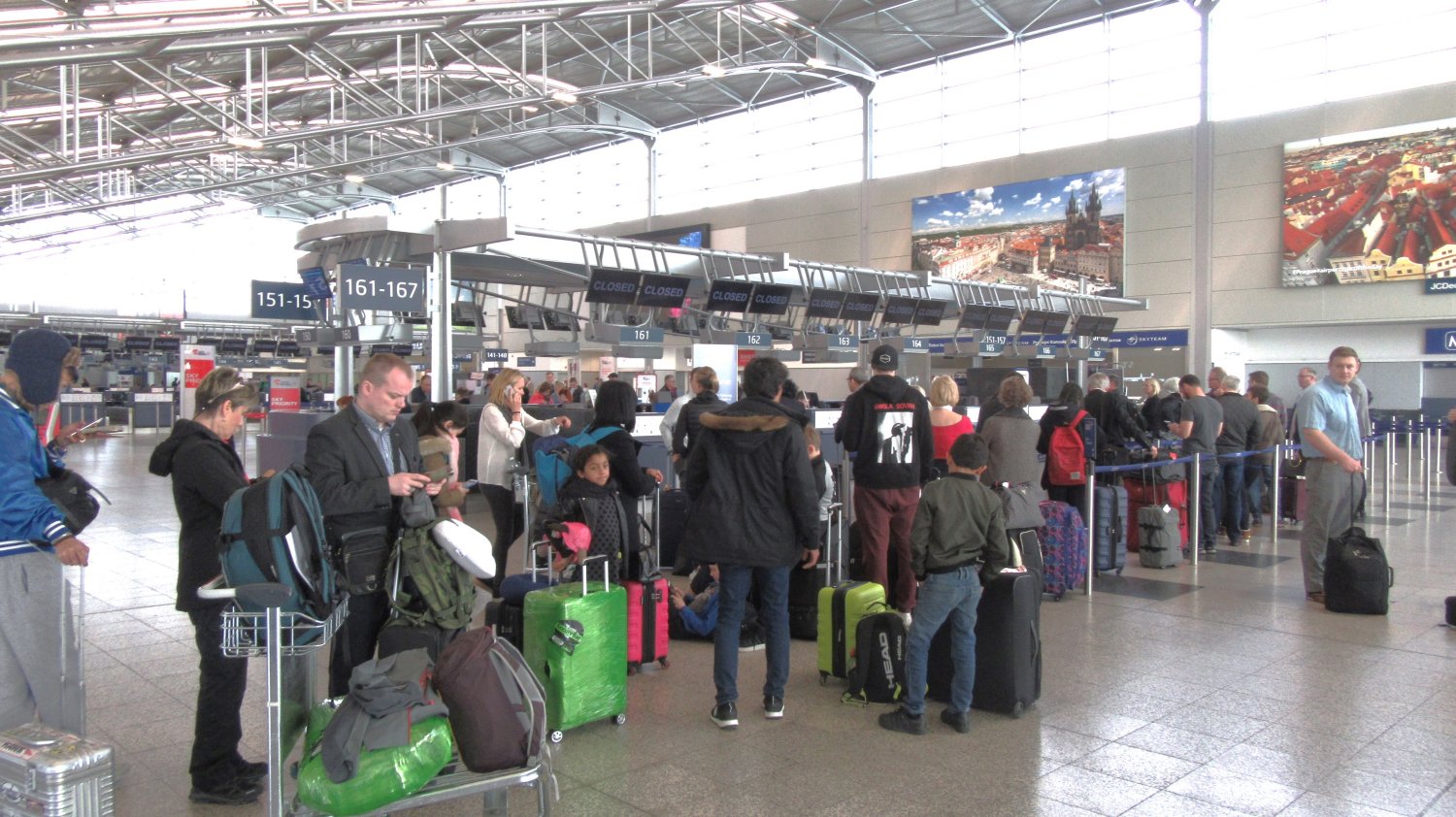
Oh, Sweet Sleep – where art thou?
Perhaps the final piece of the puzzle in managing our jet lag, and travel fatigue, is about our clothing, and our 'sleeping aids'. Comfortable, practical, layered clothing can prevent us from over-heating, or becoming cold. If we are prone to swollen feet and ankles when flying, possible remedies include compression socks or stockings, loose-fitting footwear, and exercise during the flight.
Useful sleeping aids include: neck pillow, lumbar pillow, sleeping mask, noise-cancelling headphones/earplugs, pressure-relief earplugs, inflatable foot rest, and compression socks. All of these are items of personal choice. 'Aids' that are not recommended include alcohol, in particular spirits, which have a dehydrating effect.
For sleeping, and for our general health throughout our flight/s, good hydration remains essential, as does regular exercise (which also helps to avoid the 'dreaded' deep vein thrombosis – DVT).
The best modern long-haul flight options for passenger comfort are the Airbus A350, and the Boeing Dreamliner 787, which both have increased cabin humidity. They also have improved fuel efficiency, and produce fewer emissions than their predecessors.
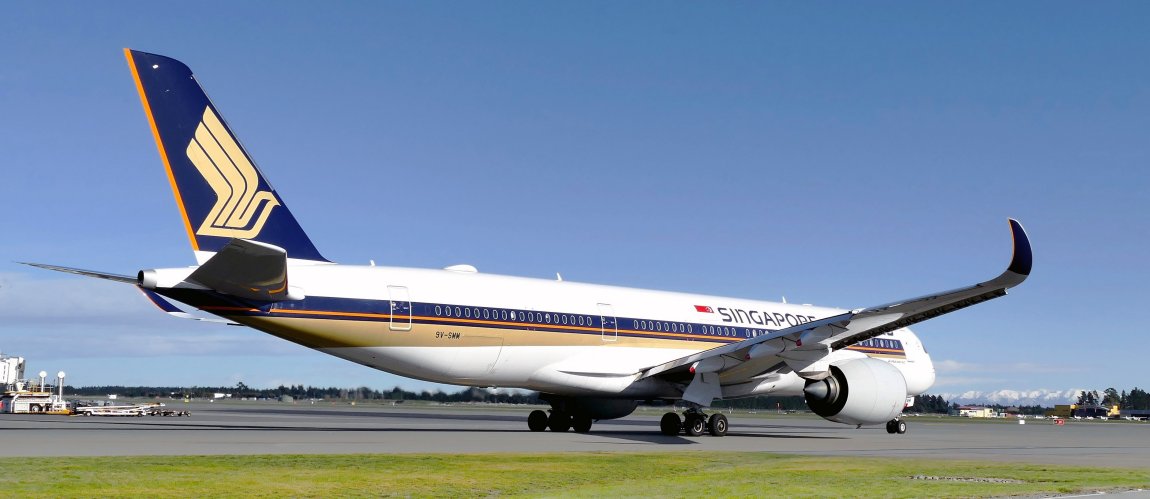
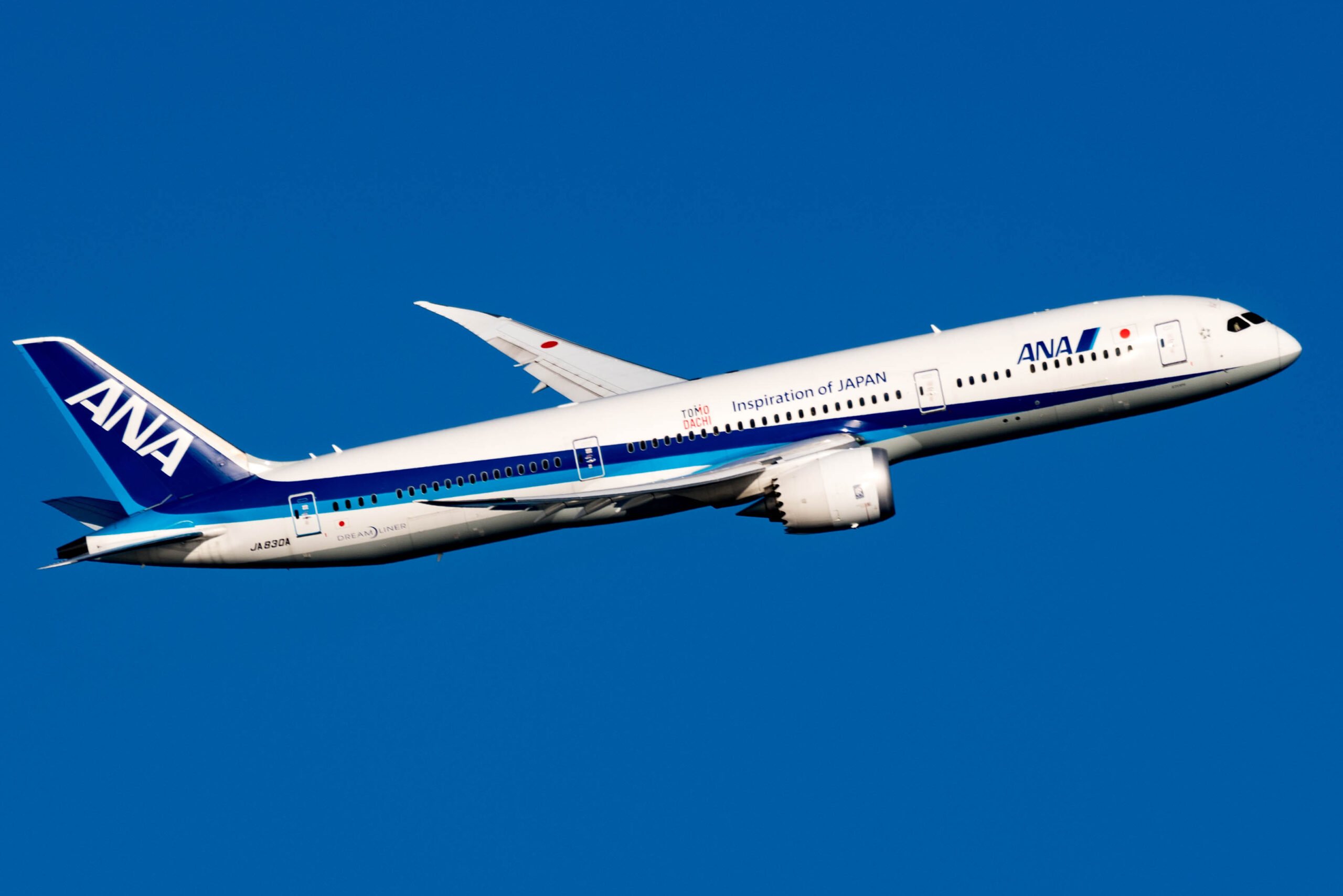
Returning briefly to our 'deliriously tired' travel reporter's journey to New York. She travelled in economy (aka 'coach'), on a Boeing Dreamliner 787-9, flying eastwards. Her 17-hour night flight, which was bookended by dinner and breakfast, had an ETA of 7:50 AM.
Assuming she landed on schedule, and allowing 2 hours for immigration, she should be in New York's Manhattan well before midday. So, will she immediately go to sleep in her hotel, or will she spend some time seeking light and exploring 'the Big Apple'?
What would you do?
Perhaps the important take-out from our travel reporter's piece is that even for seasoned travelers, and even on the best of modern airplanes, sleep does not come easily on long-haul flights (especially in 'coach')!
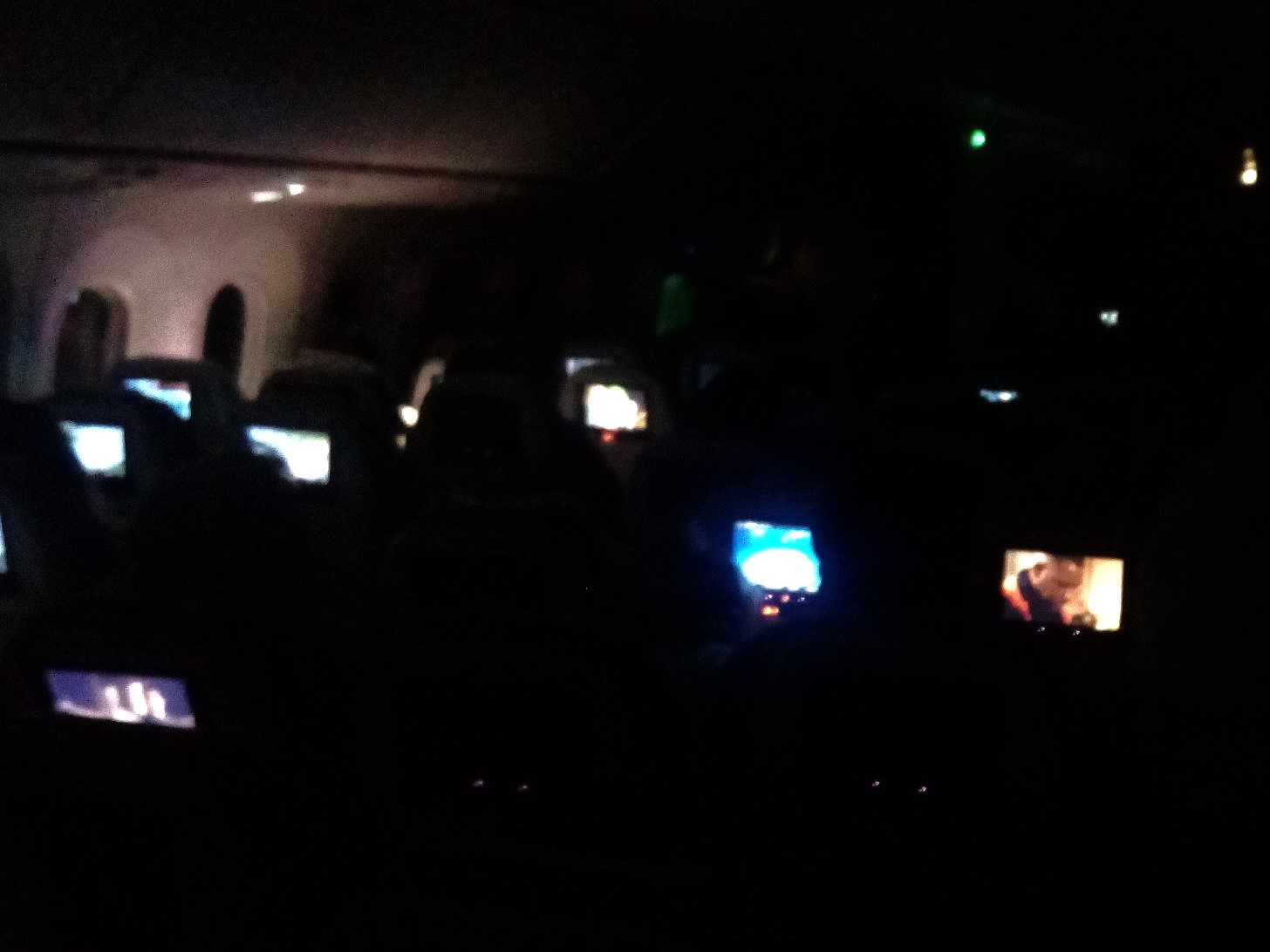
Settling into our Destination Routine
Once at our new destination, it is important to quickly settle into a routine. Depending on our arrival time, our first day can be untidy, especially if we are sleep-deprived. Our goal should be to begin Day #2 in our new routine.
To reset our body clock with our new surroundings, while daylight, or bright light, is our most powerful 'tool', don't forget that darkness, if necessary in the form of a sleeping mask, can also play its part.
Arrival in the new time zone from early morning to mid-afternoon allows ample opportunity to seek natural light. Whether this is combined with exercise depends on if there is a need to 'shorten' our day, or not.
Arrivals in the late afternoon, evening, or night time present different challenges. Being able to sleep, whether for a full night, or a few hours until sunrise, is the key.
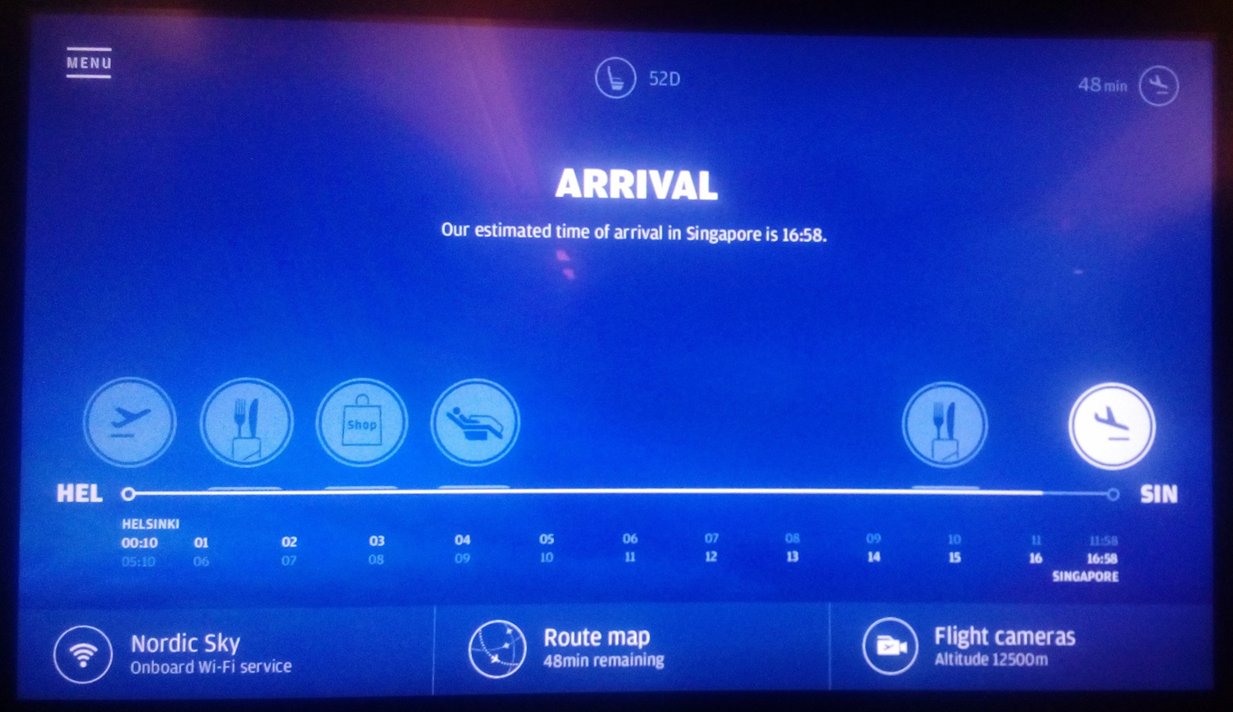
Regularity in our times for sleeping, meals, and exercise, will all help. Depending on our scheduled ETA, our final inflight meal may not have been served in keeping with destination time. Eating, and moderately vigorous exercise, within two to three hours of our bed time, will delay sleep (for most).
Finally, there are some who advocate preparing ourselves before we travel, as much as possible, to be in synch with the time zone of the 'new' destination when we arrive. This means modifying our sleep-wake cycle, including mealtimes, before we set out on our journey.
While the theory of this is fine, the practicality of living for several days 'out of synch' with everything around us by (say) 2, 4, 6, or 8 hours, appears quite challenging. Depending on our flight departure time and duration, it may also require us being awake for several hours, while the airplane cabin is in sleep mode.
If the time difference between our 'old' and 'new' destinations is going to be several hours, we may need to make any shifts over a number of days, if that is feasible. Note that travelling east requires moving our bedtime and mealtimes earlier, travelling west is the opposite.
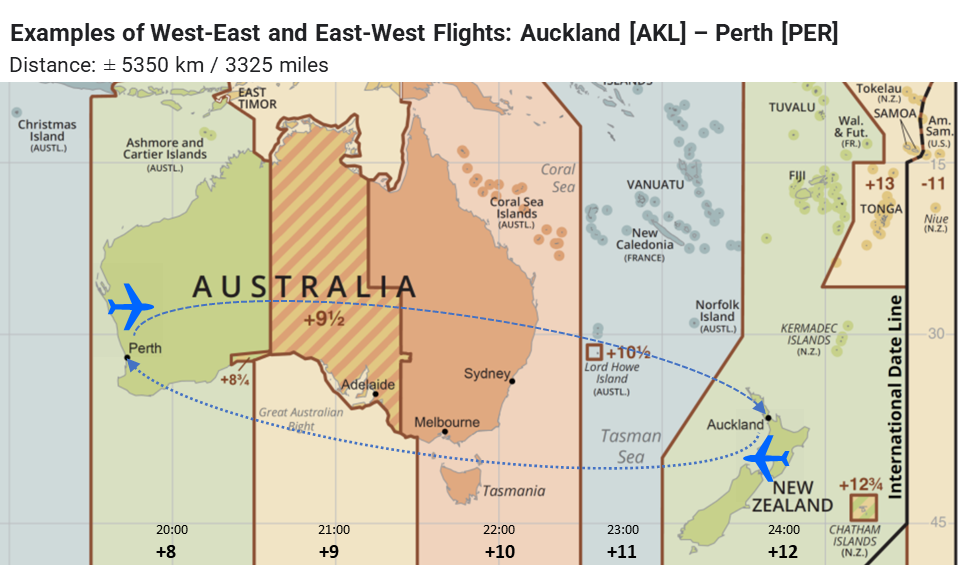
Map credit: CIA World Factbook, via Wikimedia (extract)
Choosing our Flight ETA can Help
While there is no simple solution to managing jet lag, my 'Second Rule' of jet lag is about deciding when in the day we want to arrive at our destination,
Of course, this may involve using different carriers to our preferred choice/s, which may affect our loyalty program, and our budget.
The reality is that some long-haul flights, because of the time zone difference, the journey duration, and the destination ETA, may present real challenges for managing our likely sleep disruption (and possible jet lag).
Almost all long-haul flights will bring some opportunity for in-flight sleep; some may fly almost the entire route with the cabin in sleep mode. However, as our 'deliriously tired' travel reporter has revealed, there are times, or flights, when sleep does not come easily, especially in economy (aka 'coach').
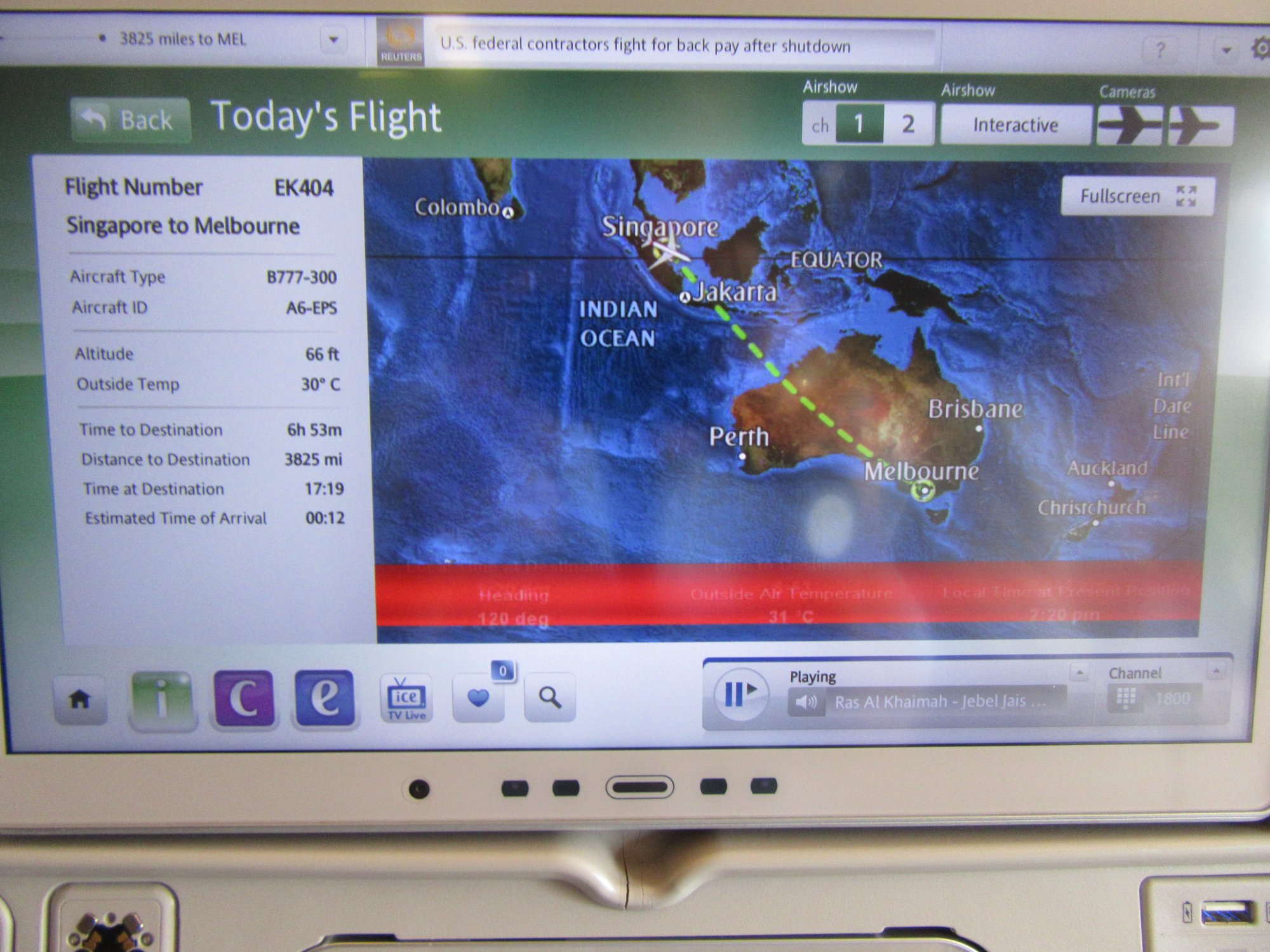
While the extent of disruption to our sleep patterns will be significantly affected by the amount of sleep we get during our flight/s, on arrival we still need to adjust our internal body clock to our new destination. The time of our arrival, or ETA, can be a key factor.
If we have had little sleep enroute, arriving early in the day can present its challenges, with a number of hours until our new scheduled sleep time. By seeking exposure outdoors to sunlight, daylight, or bright light, we can delay our body clock's natural rhythm.
Note : while this may help to reset our circadian rhythm, it does not address the matter of our sleep deficit.
Should our flight arrive in the late afternoon or evening, and we have had little sleep enroute, bed time will be welcome. However, if we have slept enroute, we are likely to find that going to sleep again in a few hours time will be difficult.

Brutal Simplicity can be Simple Brutality
There have been times when my personal approach, whether travelling westwards, or eastwards, has been where possible to arrive in the early morning, and to then get outside and walk for at least an hour. The combination of exercise, fresh air, new sights, and (hopefully) morning sunshine always does wonders for my soul!
I call this my 'brutal simplicity' method. It does sometimes mean that by mid-afternoon, I am flagging a little (or a lot!). Occasionally, it can feel like I have chosen 'simple brutality'! Usually, perhaps with some 'nap' time, I make it to, or close to, my new bed time. That sets me up for Day #2, and my new routine.
Perhaps this illustrates an important point that comes through from several of the pieces that I have researched: our body clock (aka circadian rhythm) varies from person to person, meaning we will have our own unique reactions to, and symptoms for, jet lag. We may also need to find our own individually unique remedies.

Daily Routine & Travel – NOT Friends
Fitness for Travel – Let’s Just Do It!
Costs & Budgets – Keeping a Balance
Your Take-outs
Here are some flight crew tips for managing jet lag, both during and after our flight/s:
- Changing our time zone – adjust our watch/timepiece to our new time zone, as soon as we get on the plane, to help our brain adjust.

- Keeping hydrated – making sure we're drinking fluid regularly throughout our flight/s, and after we have landed, to replace the body moisture we have lost.
- Knowing when to nap – if in-flight sleeping is difficult, napping whenever we can, becomes our fallback; however, napping too close to bed time can interfere with getting to sleep.

- Exercising frequently – which stimulates blood circulation and keeps our body awake, while also making us sleep better when we go to bed [2].
- Avoiding 'all-nighters' – going too far beyond the 16 hours of our wake cycle can cause us to 'crash and burn'; this will aggravate the jet lag effect; if all else fails, catch a nap.

- Using sunlight or daylight – by taking a walk outside in bright natural light, we can send a message to our SCN that it's time to be awake.
- Wearing sunglasses – if, towards the end of our wake cycle, we need to be outside, or are exposed to bright light, wearing dark glasses can prevent our SCN from receiving 'wake up' messages.
- Embracing our 'new' bed time – apart from sunlight or bright light, the best way to 'reset' our body clock, including our sleep cycle, is to adopt our new sleep schedule as soon as we can.
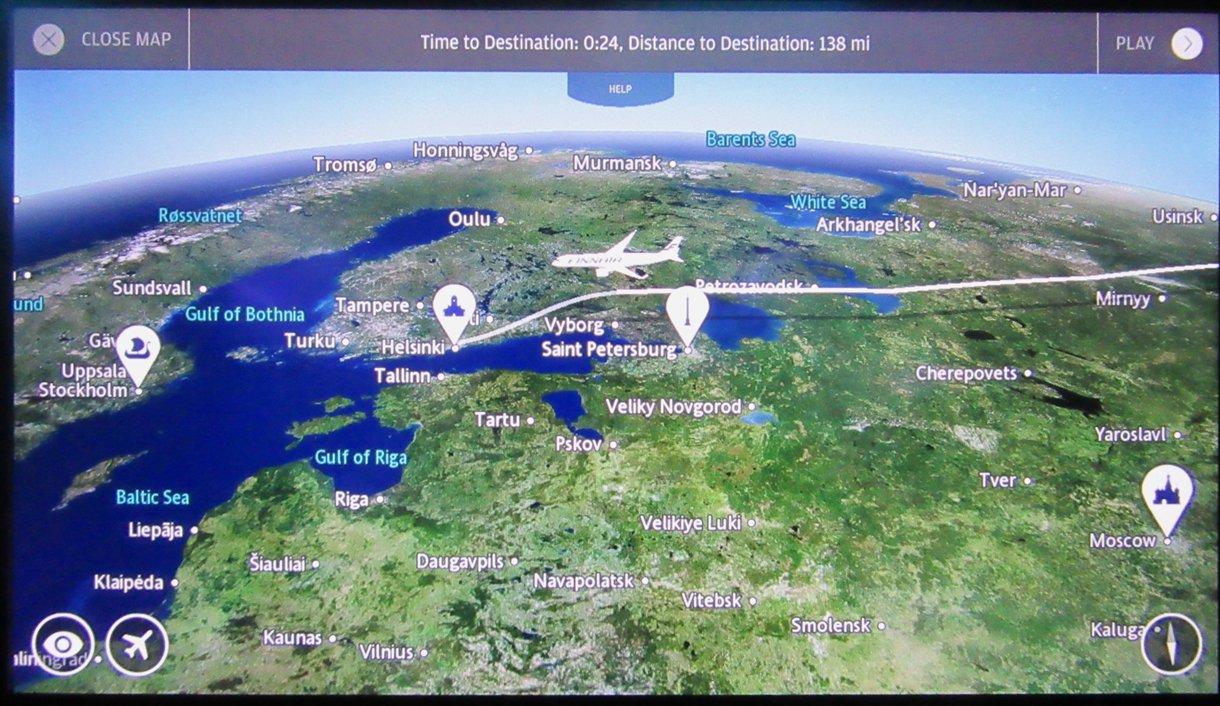
[
Some recent research points to an increase in global turbulence, which can expose airline passengers to risk unless they are seated and belted. The website https://turbli.com/ offers comprehensive information about turbulence and aviation
Your Feedback, please…
Firstly, my thanks to you, for reading my post.
Now, the really BIG question is:
“What value has this Post offered you? “
Has it helped you, or do you need more information?
If you wish to offer some feedback, or to read the feedback from others, please follow the link below to the Feedback Page:
Why Your Feedback is Important to Me
In real life, I am an agile Change Manager, so I know that feedback is an essential part of the improvement process.
Your feedback can help me improve both the content of this Post, and also of future Posts.
If you have a thought, or a question, about the post content, or if you would like to provide feedback about something else, please follow the link to the Feedback Page.
I do look forward to hearing from you, especially if we can make improvements that will help fellow travelers on the road.
Marlene
Please note, before any feedback is posted, it will be moderated. When I am moderating, I may need to contact you, which is why I ask for your email address.
Your email address will
Here is a link to the my afootwego.com CONDITIONS for POST FEEDBACK (2½ mins to read).
Should you wish to peruse them, here are links to my afootwego.com PRIVACY POLICY and Website TERMS and CONDITIONS of USE.
Knowing how to
manage Jet Lag
makes a
- NOTE:
- This site is specifically designed for responsive display on a mobile device
On devices with wider screens, it will appear as a single, center-aligned column



